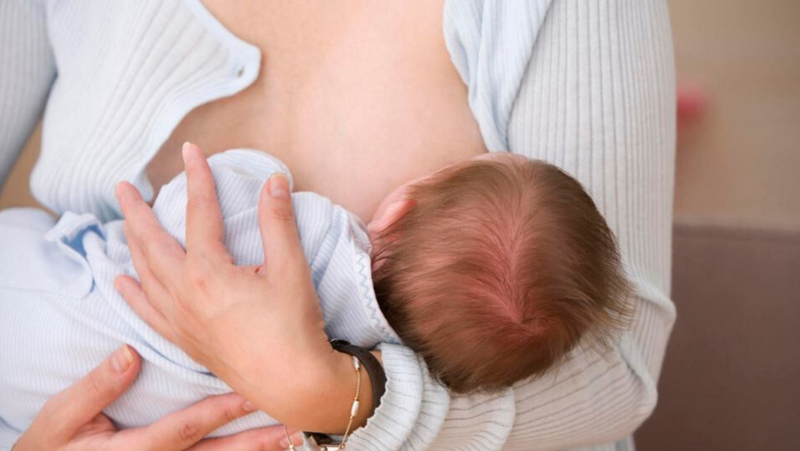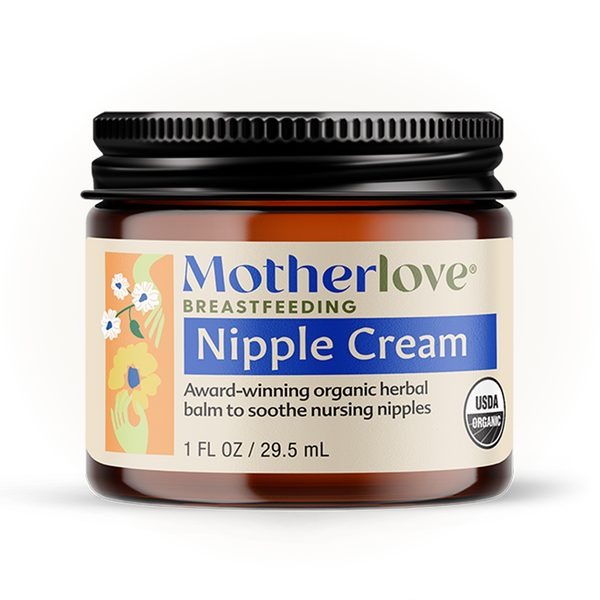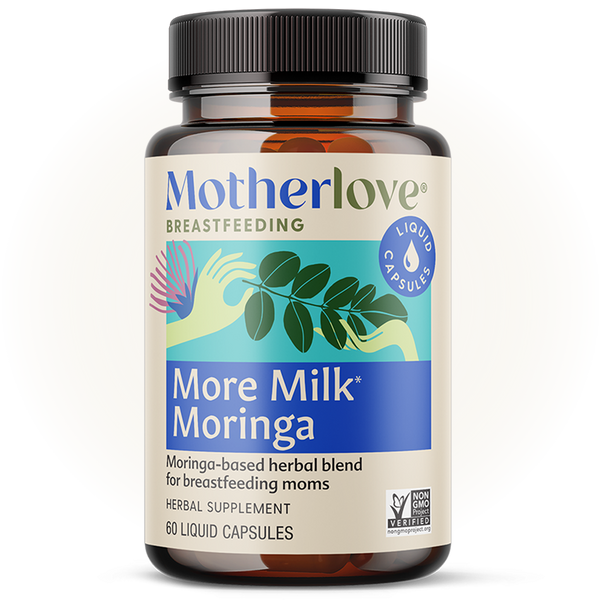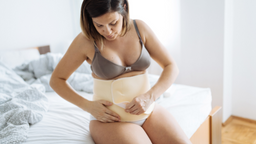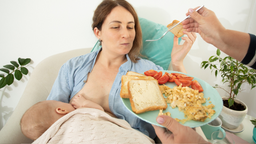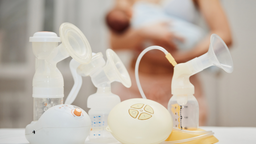OUCH! BLEBS HURT.
If you've ever had a bleb (also known as a milk blister) you know that they can be both painful and difficult to get rid of. They can also lead to plugged ducts because they prevent milk from exiting the breast normally.
WHAT IS A MILK BLEB?
A bleb is a little white spot on the tip of the nipple that can look like a pimple with skin covering a white dot, and it can look like a nipple pore with milk stuck inside it (sometimes referred to as a plugged nipple pore). When you get rid of one the milk may look like a tiny line of toothpaste, or like small granules of sugar. There may also be a little blood, or you may notice nothing at all.
WHAT CAN I DO ABOUT IT?
Getting rid of a bleb and the pain that comes with it is a huge relief, so we thought we'd share five tips* for getting rid of them:
1) Use a warm wet compress before each feeding.
If the skin has covered up a nipple pore, softening the skin with a warm wet compress before feeding will help to loosen the skin so that when your baby nurses the skin opens and releases the bleb. Some mothers also try a saline soak (2 teaspoons Epsom salts to 1 cup water), soaking in the bathtub, or using olive oil on a cotton ball worn inside a bra in between feedings.
2) Loosen the milk stuck in the pore.
If the bleb is being caused by milk which is stuck in a nipple pore, you can try applying vinegar to the area with a cotton ball over the nipple held inside your bra. Vinegar dissolves calcium, so it may help to loosen dried milk stuck in a nipple pore. Warm wet compresses also help to loosen plugged nipple pores so that your baby can remove them while nursing.
3) Apply pressure, gently.
Your baby is the best person to apply pressure to the bleb when she nurses, especially after you apply a warm wet compress. But you can also - gently - manipulate the area behind the bleb after using a compress to see if you can get the bleb to release. A pump is generally not very effective because it pulls instead of pushing from behind the bleb.
4) Prevent infection by using a double antibiotic ointment.
If you think that the bleb might be infected, or right after a bleb opens up, use a double antibiotic ointment (that does not contain neomycin, which causes skin irritation in some people) on the affected area. Use a tiny amount, just enough to cover the area, and apply after feedings.
5) Open it, safely.
Ask your healthcare provider to open the bleb using a sterile instrument. After the skin is opened, either by your provider or yourself, be sure to use an antibiotic ointment (see above) on the affected area to prevent infection.
If your milk supply dipped during this time or you are experiencing a low milk supply, Motherlove has lactation supplements to support supply and help increase freezer stashes.
Sore nipples? Check out our best-selling organic Nipple Cream.
This post is educational in nature, and is not intended as medical advice. Please consult your IBCLC or health care provider for medical advice on this topic should you need it.
